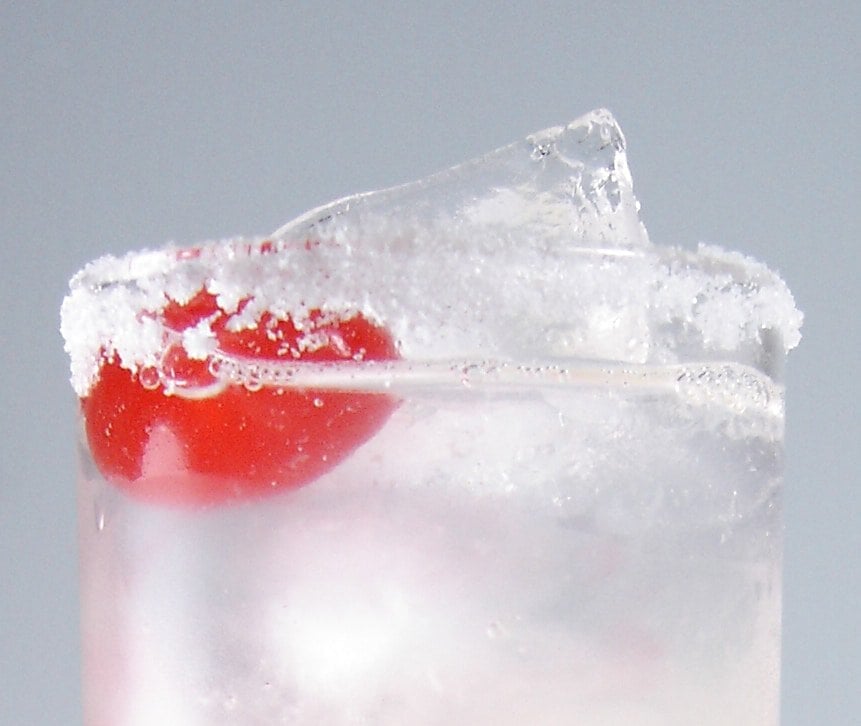After the last two posts (Malt vs. Blend and Whisky vs Cognac) I think it would be good to tie up some loose ends and discuss some of the good comments that were posted. The one thing that these two simple research papers show is that tasting spirits, at least whisky and brandy are more difficult than we generally think. But I think this applies to most spirits, including rum, vodka and possibly gin. One great thing about digging up this research was that it forced me to think about my tasting abilities and in the near future, I will put them to a thorough test. But for now, let’s look at what this research really shows.
Prior to these two articles, I was reading the Hip Tastes Blog, written by Courtney, and came across an interesting write up (Oops, I Will Never Do That Again) that shows the difficulty in a tasting, in this case, wine. Courtney’s was doing a wine presentation for a group and she was presenting a chardonnay she selected, that was supposed to demonstrate the oak qualities in wine, when in fact it was an unoaked Viognier. Basically, her students’ confidence in her skills probably plummeted at that moment, but she did the right thing and admitted her mistake. I hope it made the students realize that “tasting” is truly a skill, not something anyone can just do.
This is a perfect example of how an experienced taster can misidentify properties of a drink because they have a preconceived idea of what something will taste like. If you believe a certain vodka tastes great, then in all likelihood it will always taste great to you. This is because we rarely think about what we eat and drink. Sure we make generalizations, like “this brand is great” but we don’t, unless we are in a specific environment, like a blind tasting, go to great lengths to pick out specific flavours. Most people generally enjoy food and drink as a “whole”, not the individual parts. This is why it can be difficult to separate cognac from whisky if you have never really thought about it or sat down and studied the differences between the two.
In the two research papers, they came to a similar conclusion that identifying spirits can be difficult, and especially difficult if you are trying to identify characteristics of a specific region or brand. In the comments that followed these posts, there were a number of good questions discussing these conclusions, here’s what I think.
Erik Wrote: Could a habitual Grey Goose drinker tell Cognac from Bourbon?
I would say probably not. The second research paper selected a group of people that were all members of a wine tasting club, and all had experience in blind tasting. I think to be successful at these types of tastings you need to have a wider range of experience than just a single spirit.
Erik also asked a good question about why so many people "specialize" in a specific liquor and stick with it?
I think it is a comfort zone issue and possibly a status issue. For some reason, people think that when they “represent” a brand they take on some of the characteristics represented by that product. Grey Goose makes you look one way and single malts make you look another way. But a truly enlightened person keeps their mind open to all possibilities and each spirit is a wonder in itself.
Jimmy, of Jimmy’s Cocktail Hour, wonder if enthusiasts would fare better than the “regular whisky drinkers” of the study?
I would think so. People who take the time and effort to learn about spirits would have the knowledge to differentiate spirits. I did a simple personal test and I was able to identify the difference between a Canadian whisky (Wisers Very Old), an Irish whiskey (Jameson standard), a German brandy (Dujardin VSOP) and a South African brandy (Van Ryn 10 year). I rarely drink brandy, but I noticed a genuine difference between whisky and brandy.
Brian made the following comment which I think makes an important point; “This is definitely an area of scientific study worthy of more research. There are some definite connections between spirit snobbery and the human propensity to exclude people from a community. It’s difficult to say if that’s natural or taught.”
I will discuss this more in the future, but each area of the spirit world has a group of loyal followers. Scotch, cognac, vodka, gin, rum, beer, wine and every other subgroup tend to be loyal to their core spirit. I think this is something Starbucks also discovered and that is; to be successful you need to create a community with its own language and products that make a person feel tightly associated with the community.
And Zal sums it up very well by making the simple differentiation between what tastes good to him, and what doesn’t taste good. Drink what you like, not what gives you status. The two studies also come to a similar conclusion, especially in a setting where concentrating on the liquid in the glass isn’t a priority.
Additional Whisky Topics




